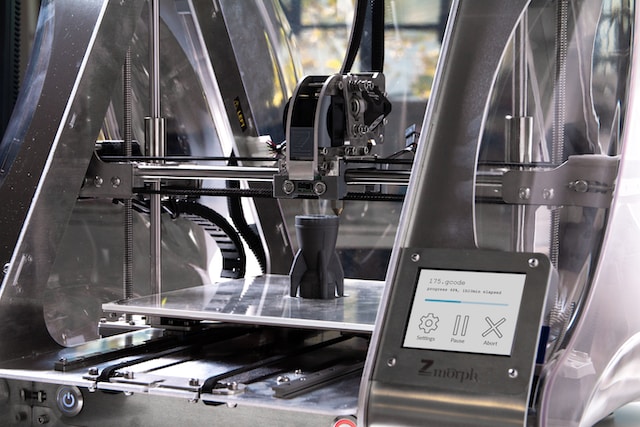The Science of Heat Transfer: Understanding Heat Press Techniques
Have you ever grabbed your favorite shirt fresh out of the dryer and noticed the design on it feels raised and slightly rubbery? Or maybe you’ve seen someone using a heat press machine at a local print shop and wondered how it works. The answer lies in the science of heat transfer and the techniques used in heat press printing. Heat press printing is a popular method for applying designs to fabric, and it involves using a combination of heat, pressure, and time to transfer a design onto a garment.
Now, did you know that there are so many types of heat transfer methods used in a heat press machine? These include sublimation, vinyl, heat press embroidery, and plastisol transfer. Each method has its unique process and results. Today, we’ll be taking a closer look at the science behind each technique and how they work. Let’s get started.
Sublimation Printing
 Sublimation printing, also known as dye-sublimation, is a heat transfer technique that involves using special inks to create vibrant and long-lasting designs on various surfaces. This method works by converting the solid ink into a gas through heat and pressure, which then bonds with the material’s fibers. The result? A stunningly detailed image that becomes an integral part of the fabric or substrate. Just be sure to use the best machine for this technique. Sublimation heat press machine reviews explained which machines should be picked for this method. Anyway, the best thing about sublimation printing is its ability to produce full-color and photo-realistic designs.
Sublimation printing, also known as dye-sublimation, is a heat transfer technique that involves using special inks to create vibrant and long-lasting designs on various surfaces. This method works by converting the solid ink into a gas through heat and pressure, which then bonds with the material’s fibers. The result? A stunningly detailed image that becomes an integral part of the fabric or substrate. Just be sure to use the best machine for this technique. Sublimation heat press machine reviews explained which machines should be picked for this method. Anyway, the best thing about sublimation printing is its ability to produce full-color and photo-realistic designs.
Heat Transfer Vinyl (HTV)
Heat Transfer Vinyl (HTV) involves using a special type of vinyl that is cut into specific shapes or letters and then applied to the fabric using heat and pressure. This technique can be applied to a wide range of materials, including cotton, polyester, and even leather. This makes it an ideal choice for creating custom t-shirts, bags, hats, and more. As heat is applied to the HTV material, it activates its adhesive properties and allows it to bond with the fabric fibers permanently. The pressure ensures proper adhesion between them as well.
Plastisol Transfers
Plastisol transfers offer an efficient way to create high-quality prints with exceptional durability and versatility. Their ability to adhere well to different fabrics combined with their excellent color opacity makes them a go-to option for many businesses in need of professional-looking customized apparel. The process of creating plastisol transfers involves screen printing the design onto a release paper using special inks. Once dried, the transfer sheet is then placed face-down on the garment and subjected to high heat and pressure using a heat press machine. The heat activates the adhesive properties of the ink and allows it to bond with the fabric fibers permanently. Plastisol transfers also provide great detail reproduction since they can be printed with fine lines and small text without sacrificing clarity or legibility. This makes them an ideal choice for intricate designs or logos that require precise rendering.
Heat Press Embroidery
This technique results in amazing, intricate details and designs being applied to various fabrics, including cotton, polyester, and blends. The process begins by digitizing a design or logo into a format that can be read by an embroidery machine. Once the design is ready, it is sewn onto a piece of stabilizer fabric using specialized threads. The stabilizer helps maintain the shape and integrity of the embroidered design during the transfer process. The result? A beautifully detailed embroidered design that not only looks professional but also stands up well to regular wear and washing. Heat Press Embroidery offers endless possibilities in terms of customization – from adding names or initials to creating intricate patterns or logos.
Understanding the science of heat transfer is essential for anyone involved in the world of printing and design. Whether you’re a professional printer or someone looking to create custom designs at home, knowing how heat press techniques work can greatly enhance your projects.


